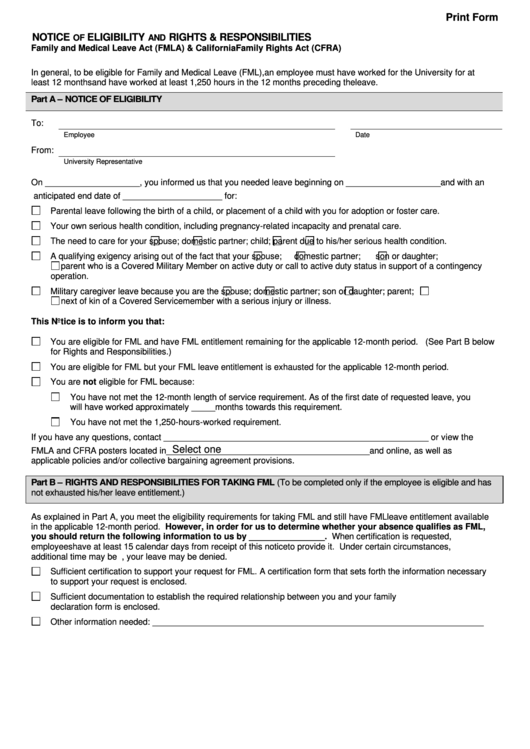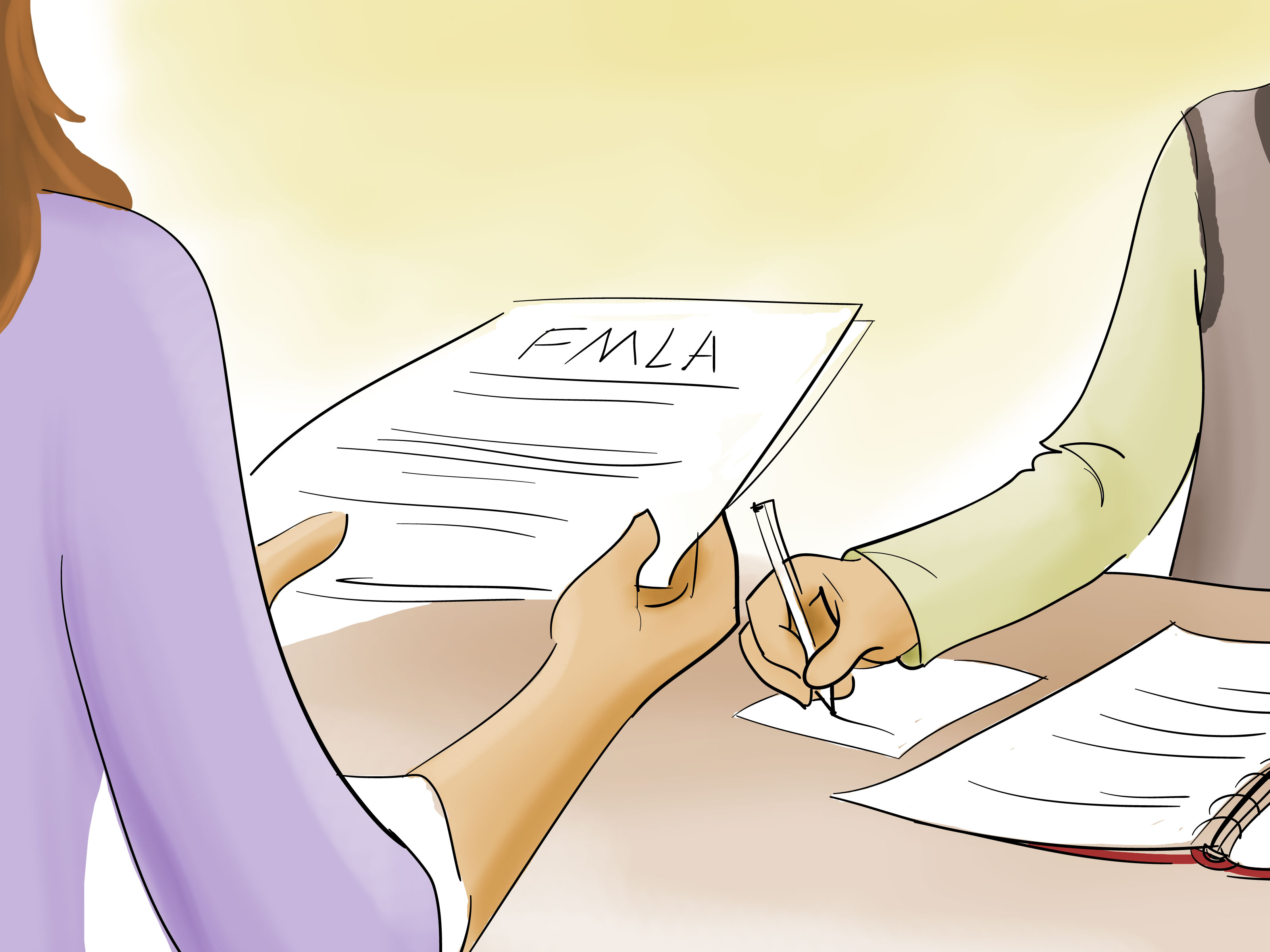Who Completes FMLA Paperwork? Your Guide to Understanding Responsibilities

When an employee needs to take a leave of absence for family or medical reasons under the Family and Medical Leave Act (FMLA), there are specific responsibilities for both the employee and the employer to ensure the process runs smoothly. Understanding who is responsible for what when completing FMLA paperwork is crucial for both parties to comply with the law effectively.
What is FMLA?

The Family and Medical Leave Act (FMLA) allows eligible employees to take unpaid, job-protected leave for specified family and medical reasons. These include:
- Childbirth or adoption, or foster care placement
- Serious health conditions of the employee or an immediate family member
- Active duty or serious injury/illness of a military member in the employee's family
Responsibilities of the Employee

Employees play a vital role in the FMLA leave application process. Here are the steps they need to follow:
Notifying the Employer

Employees must provide their employer with:
- Notice of leave - As soon as practicable, providing notice can be verbal or written.
- Intent to return - If the need for leave is foreseeable, employees should give 30 days notice, or as much as possible if not.
📝 Note: Remember, the more notice you can give, the easier it is for your employer to accommodate your leave and plan accordingly.
Completing Medical Certification

Employees are required to submit medical certification if the leave is due to a serious health condition. This involves:
- Obtaining the certification form from HR or directly filling out FMLA Form WH-380.
- Having a healthcare provider complete the certification.
Additional Responsibilities

- Follow medical advice and treatment plans during the leave.
- Maintain contact with their employer regarding changes in status.
- Request periodic recertification or reports if required by the employer.
Responsibilities of the Employer

Providing Notice and Information

Employers are obligated to:
- Inform employees of their FMLA rights and provide the necessary forms.
- Explain eligibility requirements and leave policies.
Handling the Paperwork

Employers must:
- Review the submitted FMLA leave requests.
- Determine eligibility, verify documents, and approve or deny leave.
- Keep all FMLA-related documentation confidential and secure.
- Provide written notice of eligibility determination within 5 business days.
📋 Note: Employers should keep meticulous records as they might be needed for auditing or legal compliance purposes.
Benefits and Job Protection

Employers need to:
- Maintain health insurance coverage during FMLA leave.
- Provide the same or an equivalent position upon return.
- Ensure no retaliation or interference with FMLA rights.
Who Completes FMLA Paperwork?

In summary:
- Employee: Initiates the process, provides notice, and fills out necessary certification forms.
- Healthcare Provider: Completes the medical certification forms detailing the need for leave.
- Employer: Reviews documents, makes decisions, and administers the leave process.
In complex cases or where clarity is needed, legal or HR specialists might also be involved in providing advice and ensuring compliance with FMLA regulations.
By understanding the responsibilities, both employees and employers can navigate the FMLA paperwork process effectively, ensuring compliance with legal requirements and fostering a supportive work environment for family and medical leave. This partnership in the process not only maintains job security but also supports the health and well-being of employees and their families.
What happens if I can’t provide medical certification?

+
If you are unable to provide medical certification, your employer might deny your FMLA leave request. You should communicate any issues or delays with your HR department as soon as possible.
Can my employer request recertification?

+
Yes, your employer has the right to request periodic recertification of the health condition, particularly if the circumstances have changed or the leave duration was initially unclear.
What if my job changes while I’m on FMLA?

+
If your job changes due to promotions, reorganization, or other reasons, your employer must ensure you return to an equivalent position with equivalent pay, benefits, and working conditions. However, exceptions might apply if your job role was eliminated or the business underwent significant changes during your leave.



